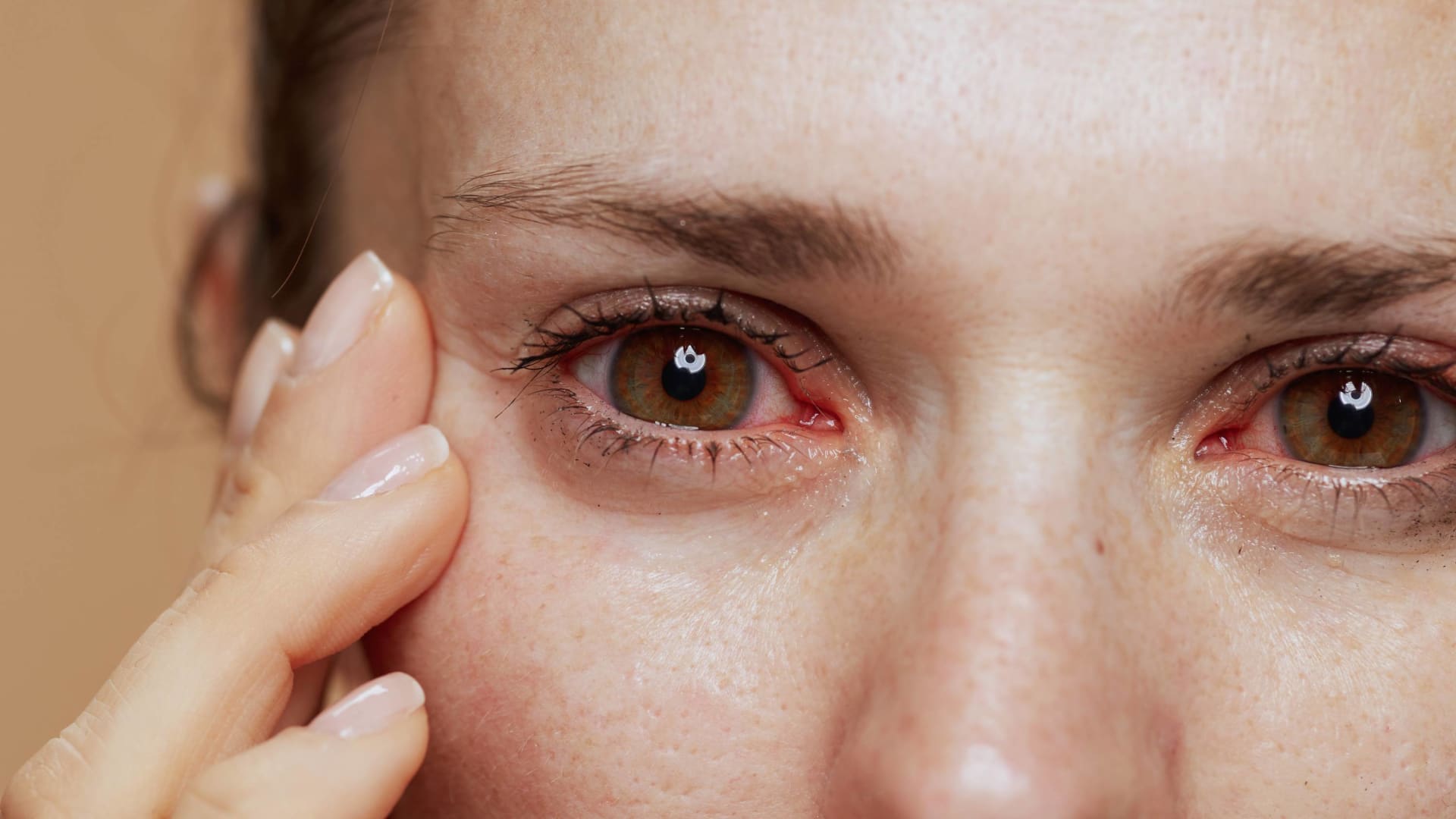Eye inflammation and how to treat it
Have you noticed that in recent days your eyes are unusually red, and in the morning they hardly open due to the number of secretions that you have accumulated on your eyelids during the night? You may have an eye infection. Find out how to recognize and cure it in the following lines.

Eye inflammation or conjunctivitis is an inflammation of the conjunctiva, that is, the conjunctiva of the eye, which is how this harmless but irritating disease got its name. It is an inflammation of the transparent, smooth mucous membrane that covers the surface of the cornea and the inside of the eyelid. There are several causes, but the most common are bacterial or viral inflammations, and they can also be caused by allergies, a foreign body, a blocked tear duct or a scratch on the surface layer of the cornea. Depending on the cause of the inflammation, it affects one or both eyes, with varying intensity of redness and the amount of discharge. However, only conjunctivitis caused by bacteria requires treatment with antibiotic ointments and drops, while other forms of conjunctivitis will mostly go away on their own. Conjunctivitis caused by allergies will not occur at the very beginning of using antiallergic therapy.
Bacterial conjunctivitis
Bacterial conjunctivitis is most often caused by bacteria that enter the eye due to improper hygiene, and most often through unwashed hands with which an infected person rubbed the eye. Redness and swelling of the eyes as well as the density and quantity of the secretion that is secreted are the most pronounced in this type of conjunctivitis, when the secretion that is secreted from the eyes can be so thick and yellow that it even resembles pus.
Depending on the cause of the inflammation, it affects one or both eyes, with varying intensity of redness and the amount of discharge. Only conjunctivitis caused by bacteria requires treatment with antibiotic ointments and drops, and other forms of conjunctivitis mostly disappear on their own.
Viral conjunctivitis
With viral conjunctivitis, the discharge is more watery and the redness is weaker, but this type most often affects both eyes, given that it is caused by a common cold or an ear infection. It usually goes away without special medical intervention after three to five days, but since, like bacterial conjunctivitis, it is contagious, it is important that the affected person does not share a pillow or towel with another person.
This habit, quite common among partners and among children, can lead to antibiotic therapy being unsuccessful because the patient constantly encounters bacteria again through shared towels or bedding. If you are prescribed drop therapy, be sure not to touch the eye with the pipette to prevent the bacteria from transferring to it and reintroducing it into the eye with the next instillation. If, in the case of bacterial conjunctivitis, you do not notice an improvement even after five days of therapy, see your doctor again.
Other forms of conjunctivitis usually go away after gently rinsing the eyes with boiled water, with the help of pads or cotton wool. Diluted chamomile tea can also be used for cleaning, which will also have a soothing effect on the redness in the eyes, while the heat of the tea will reduce the swelling of the eyelids.
It is important that during this ritual you pass the pad from the outer to the inner corner of the eye, so that the possible cause of conjunctivitis does not remain in the outer corner. Given that the tear duct is located near the inner corner of the eye, the liquid from the tear duct will accelerate the excretion of harmful substances from the eye membrane.
